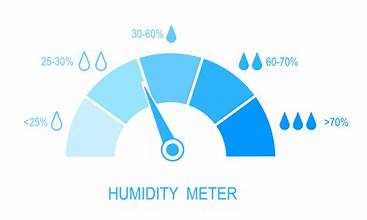Has your door been difficult to open? Is your window sticking, hard to open, or close? The local meteorologists are saying this is on record to be the 8th wettest summer, and that translates to a lot of humidity.
Humidity isn’t just uncomfortable—it’s a leading causes of water damage in homes. Left unchecked, high indoor humidity can lead to swollen doors and windows, warped flooring, and dangerous mold or mildew problems. In some cases, professional mold remediation may be necessary to restore your home.
Why Does Humidity Cause Swelling in Doors and Windows?
When excess humidity causes wooden doors and window frames to swell, it can result in sticking, cracking, and even minor water damage. This is especially common in areas where condensation builds up and seeps into the wood, promoting mold or mildew growth if the area isn’t ventilated properly.
Other Common Humidity-Related Issues in Homes
Mold and Mildew
Mold thrives in humid environments and can cause health issues and structural damage. Bathrooms, kitchens, and basements are most at risk. If mold growth is extensive, professional mold remediation services may be required to remove spores and prevent regrowth.
Warped Wood Flooring
High humidity can cause floors to swell or buckle—one of the early signs of humidity-related water damage.
Peeling Paint and Wallpaper
When walls absorb moisture, it can lead to paint bubbling, staining, or even serve as a base for mold or mildew to grow behind wallpaper.
Preventing Humidity Damage: What You Can Do
Installing dehumidifiers and improving ventilation are essential in preventing moisture buildup, mold or mildew, and costly water damage. These actions can also help you avoid the need for more expensive repairs like flooring replacement or mold remediation.
If you start noticing signs of damage from the high humidity, call Restore It for a free in-home evaluation. We can help you take steps to protect your health and your home.

